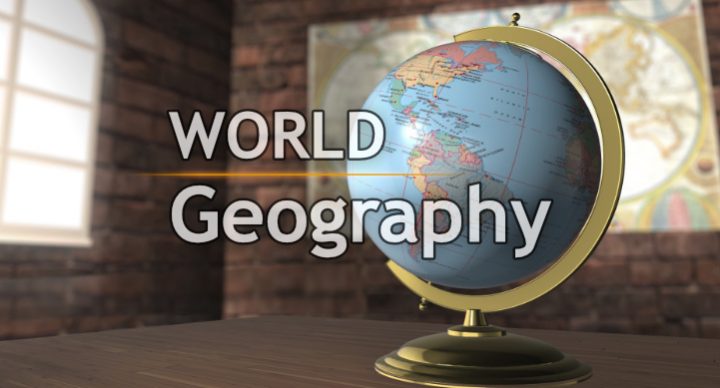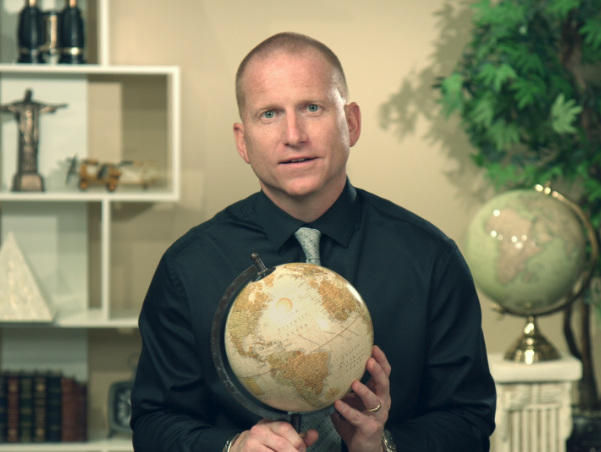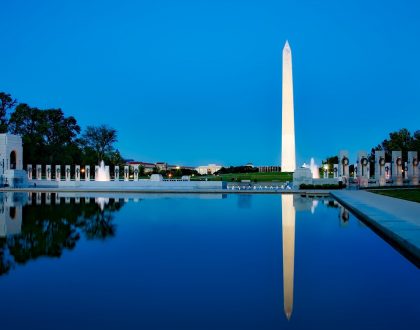World Geography

Course Features
Course Duration: Full Year
Category: High School, History/Social Studies
Assessment: Pre-Test, Lesson Practice, Unit Exams, Mid-Term Exam, Final Exam
Language: English
Course Details
Course Overview
The Acellus World Geography course, taught by Acellus Instructor Todd Edmond, investigates the earth in which we live, providing an in-depth look at the the physical attributes of its lands and oceans, as well as the how its climate and geographical features have shaped the culture and economy of the people that live in specific regions. Students will explore how people deal with difficult environments and how they use their environment to their advantage. They will investigate geography-related challenges that lie ahead, as well as physical resource management.
This course provides high school students with a strong foundation in world geography helping them to better understand the world around them.
Sample Lesson - Introduction to Geography
 This course was developed by the International Academy of Science.
Learn More
This course was developed by the International Academy of Science.
Learn More
Scope and Sequence
Unit 1 – Introduction This unit gives students an introduction to Geography and helps them see the value of having an understanding of the world in which they live. Students investigate latitude and longitude, the global hemispheres and explore different types of maps and how to read them. Unit 2 – Planet Earth This unit discusses the forces that effect our earth, its waters, and its relationship with the sun. Students also learn about climate patterns, world populations, and global cultures. They study political and economic geography, and how geography affects resources, trade, & the environment. Unit 3 – US and Canada This unit discusses the land, climate and vegetation, culture, economic landscape, and the people of the US and Canada. Unit 4 – Latin America Students explore Latin America, its land, climate, vegetation, and the Mexican, Central American, Caribbean, and South American cultures. They also discuss its economic landscape, people, and environment. Unit 5 – Europe This unit discusses Europe's land, climate, and various European cultures. It also delves into the economy, the people and the environment. Unit 6 – Russia In this unit students learn about Russia, the climate, vegetation, its population and its culture. It also goes into the history and government of Russia and how that has effected its economic landscape. Unit 7 – North Africa, Southwest Asia, and Central Asia This unit discusses the land, climate, and vegetation of North Africa, Southwest Asia, and Central Asia. It covers the regions of North Africa, the Eastern Mediterranean, the Arabian Peninsula, and Central Asia. It also discusses the culture and economic landscape, people and environment. This unit is followed by the Mid-Term Review and Exam. Unit 8 – Africa This unit discusses the land, the climate, and the vegetation of East, West, Central, Southern Africa. It discusses the region south of the Sahara called the Sahel, its wide variety of ethnic groups and culture, as well as the health and environmental challenges due to its dense population and limited water supply. Unit 9 – South Asia This unit discusses Southwest Asia which includes, India, Pakistan, Bangladesh, Sri Lanka, Nepal, Bhutan and Maldives. It discusses the influence of Britain in the modernization of India, the economic landscape of the region, and its population, culture, and environment. Unit 10 – East Asia This unit discusses the land, the people, and the environment of the East Asian region and its cultures. Students study China, its industrialization and role in the global economy. They explore Japan and the changes that created a strong economic landscape. Students also learn about Korea and the political and economic differences between North and South Korea. Unit 11 – Southeast Asia This unit presents an overview of Southeast Asia, a large area comprising many peninsulas and islands divided into Mainland Southeast Asia, and Island Southeast Asia. It discusses the people, culture and economy of the eleven nations in the region. Unit 12 – Australia, Oceania, and Antarctica This unit presents an overview of Australia and New Zealand, the wide diversity of land types and the culture and economy of the people that live there. Students also learn about Oceania, a region of thousands of islands, the climate, vegetation, and the indigenous people that live there. Students also explore Antarctica. Unit 13 – The Regional Atlas This unit takes students on a tour of the World Atlas by region, helping them gain a knowledge of various continents, countries and landmarks and where they relate to each other. This helps students better connect and enhance the geography they have learned in previous units. Following this unit students are presented with the Final Review and Exam.
This course does not have any sections.
More Courses by this Instructor
27057
13100
19857






